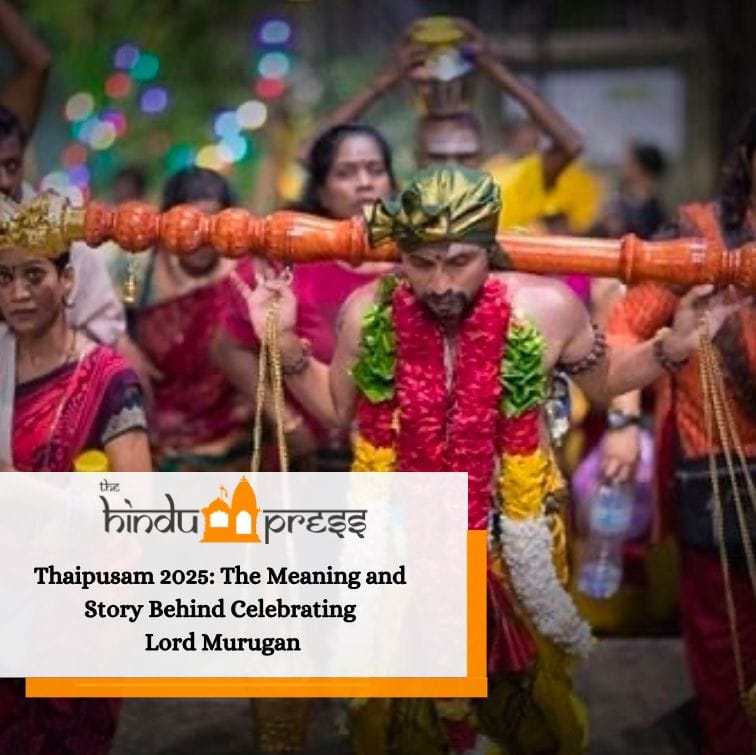By Shantini Mogan
7 FEBRUARY: The word Thaipusam is a combination of “Thai,” the name of the month, and “Pusam,” the name of a star. It marks the occasion when Goddess Parvati bestowed upon Lord Murugan the Vel, a divine spear, to vanquish the evil demon Soorapadman. Soorapadman had conquered the heavens and taken all the devas (heavenly beings ruled by Indra) as his prisoners.
The Power of the Vel
The Vel holds deep significance for Lord Murugan’s devotees. It is believed that the Vel, made of five metals—silver, gold, lead, copper, and iron—has the power to dispel negative energy and bring about positivity.
Its appearance is also symbolic. The broad head of the Vel represents the vastness of human thought, while its sharp tip signifies the need to apply knowledge effectively. The depiction of Hindu gods is not merely artistic; their forms, attributes, and traits carry profound symbolic meanings that make Hinduism more relatable.
The Origins of Kavadi Worship
At Thaipusam, the tradition of Kavadi worship is linked to the legend of the demon Idumban. According to the tale, Sage Agastya instructed his disciple, Idumban, to carry the two hills, Saktigiri and Sivagiri, to his home in the south. Idumban tied the hills to a crude shoulder pole and set off on his journey.
Exhausted, he placed the hills down to rest near what is now Palani. However, when he tried to resume his journey, the hills would not budge. As he climbed them, he encountered a radiant young man wielding a staff, whose brilliance was said to rival a thousand suns.
A battle ensued, and Idumban was slain—only to realize that the young man was none other than Lord Murugan himself. Following pleas from Idumban’s wife, Idumpi, and Sage Agastya, Lord Murugan revived Idumban, marking the beginning of the Kavadi tradition in Thaipusam worship.




